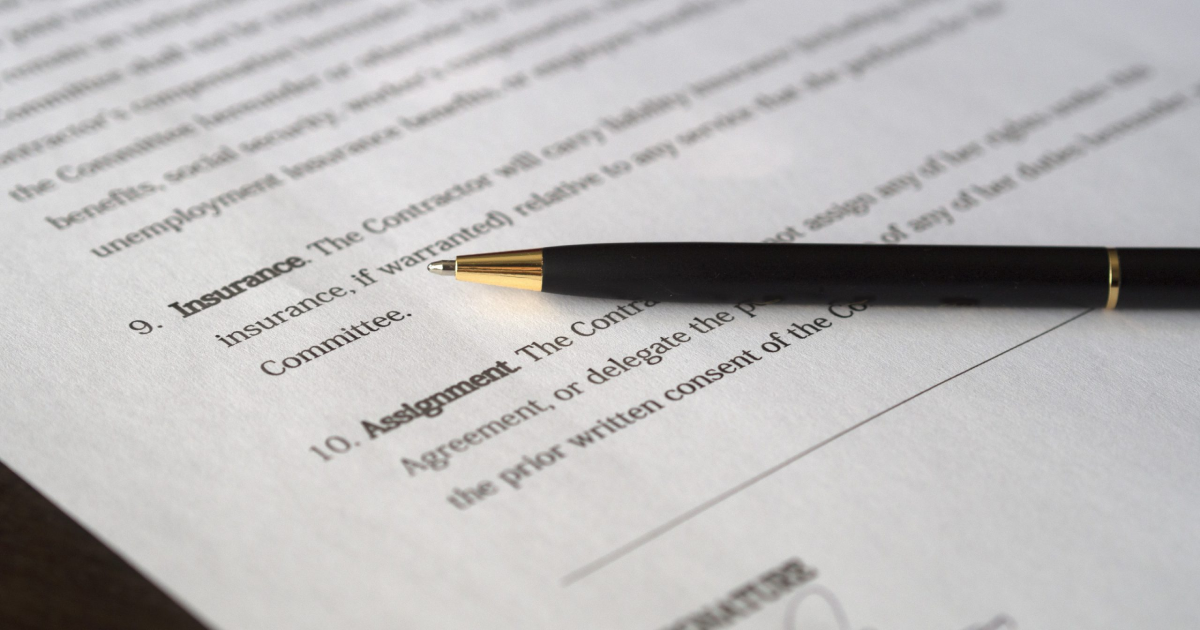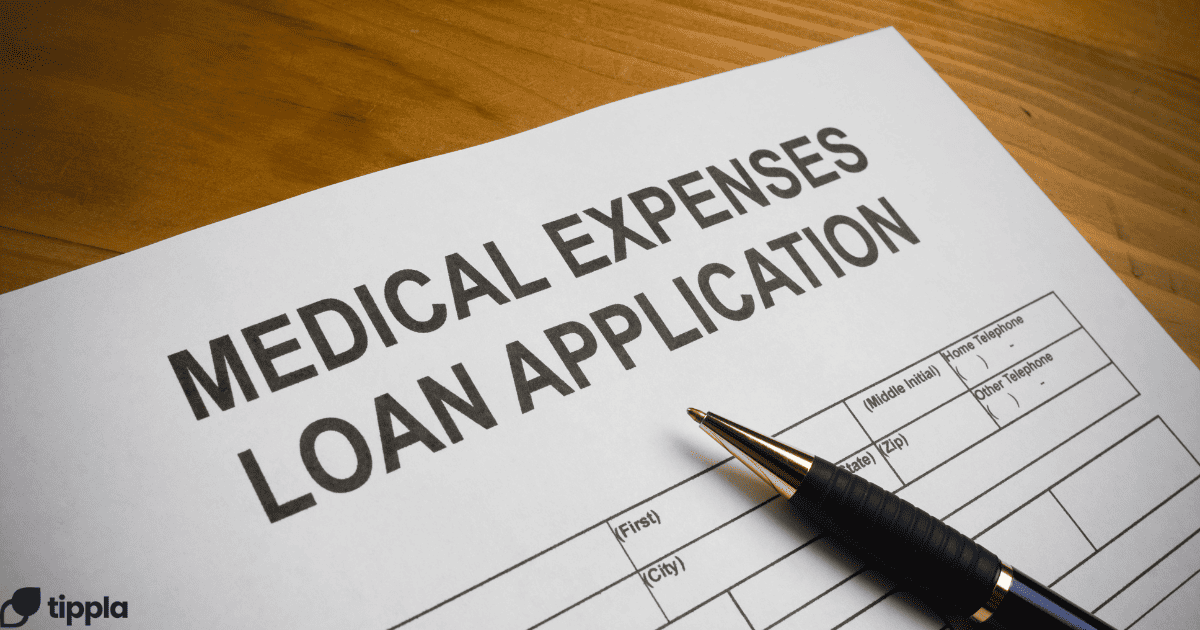Published in July 28, 2021
What happens when your car gets written off in an accident?

What happens when your car is written off?
Having a car written off is every driver’s nightmare. Regardless of how your car got written-off, when it seems damaged beyond repair, it could stress any driver out.
Deciding whether or not your car is written-off is completely out of your control. When filing a claim after an accident, your insurer will send an assessor to evaluate the vehicle and compare the repair estimates to its market value. This process could also determine if the damage could have long term effects and whether or not the car is a total loss. Depending on your policy and coverage, your car insurance may cover a total loss. However, here’s what you should know if your car gets written-off.
What does it mean when a car is written off?
A car is assumed to be a total loss based on two things: It’s damaged beyond repair, or it would cost more to fix the car than what it’s worth. As mentioned before, you will be assigned a claims assessor after you file a claim with your insurer. The claims assessor would be your point of contact as you go through the claims process. They will also help establish whether or not your car is a write-off.
What will insurance pay for a written-off car?
With comprehensive insurance, a written-off car will be covered. You will have to go through your policy to ensure you’re being covered for certain components, as all providers differ from one another. Most policies might require a deductible, which is essentially the amount you will have to pay out-of-pocket before your insurer covers the rest of the costs.
It could get a bit tricky with leased cars. You would’ve most likely been required to add comprehensive insurance on the car (the priciest coverage) to cover any write-offs. After determining your car is a write-off, your insurer will then calculate its actual cash value to pay to you, minus the deductible.
The actual cash value of a car is its market value before it got written off. This amount is always less than what you paid to buy the car, as it accounts for depreciation.
How is the ACV of a car calculated?
Almost all insurance companies use an industry formula to calculate your car’s value. Multiple factors that are taken into account include your car’s make and model, how much is on the odometer, and of course how much it depreciated since you bought it.
What is a new car replacement?
If your car is written-off within 2 years of its purchase, your insurer may reimburse you to buy a new one of its value. This ‘new car replacement’ coverage is usually included in most comprehensive policies. It’s best to add on this coverage when purchasing a new car, as it may deem worth it if you lose your car. Almost all insurance providers in Australia have this option, however, you will need to have comprehensive coverage.
What happens when your leased car gets written off?
If you took out a loan to buy a car, that vehicle is under a financial stake of your lienholder, until the loan is paid back in full. You could, however, get in an accident and have the car written off. What could then happen is you’d have to make car loan repayments on a car you don’t drive anymore. That’s when Gap Insurance may be helpful.
Gap insurance is an additional coverage option for cars that are being leased. Gap insurance covers the difference between the value of the car and what’s left of your loan repayments.
While we at Tippla will always do our best to provide you with the information you need to financially thrive, it’s important to note that we’re not debt counsellors, nor do we provide financial advice. Be sure to speak to your financial services professional before making any decisions.
Related articles

Choosing the Right Student Loan
29/12/2023
When it comes to pursuing higher education in Australia,...

How To Provide 100 Points Of ID For An Identity Check
28/07/2021
100 points of ID – Why you need it...


Medical Loans: Options for Emergency Medical Expenses
15/03/2024
Unexpected medical emergencies can significantly impact individuals and families...
Subscribe to our newsletter
Stay up to date with Tippla's financial blog